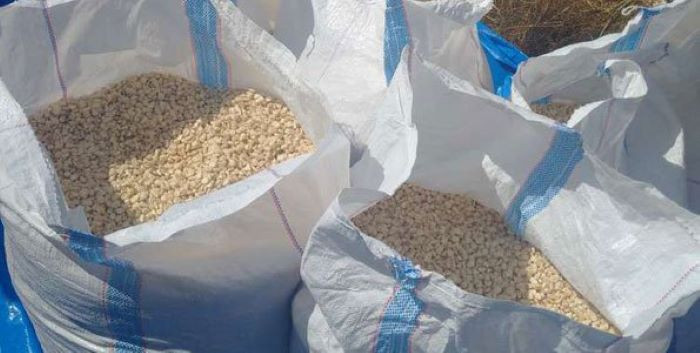
RESERVE Bank of Zimbabwe governor Gideon Gono last week outlined details of his indigenisation and empowerment model, the Supply and Distribution Based Indigenisation (SaDIE), in an article titled Indigenisation: Aiming for fuller participation.
Column by Peace Thabane
The principle underlying the SaDIE model calls for the central government to make it mandatory for all companies with a minimum capitalisation of $500 000 to source their consumables, spares and raw materials from indigenous suppliers with capitalisation levels of below $200 000.
On the other hand, the government indigenisation model requires a mandatory 51% controlling shareholding by indigenous Zimbabweans in companies with capitalisation levels above $500 000.
While the two models are policy levers that the government can use to empower indigenous Zimbabweans, I see the government initiative as a principal framework of indigenisation while the SaDIE model can be an implementation policy.
The reason for this is because Gono seems to miss the point that the political vision of the government is not only to empower indigenous Zimbabweans with business opportunities, but to fundamentally change the ownership structure of the businesses.
So, while the government policy framework will facilitate the change to create companies with a national character, the SaDIE model will ensure that companies support our small-to-medium enterprises through sourcing and contracting.
That said, Gono insinuates that the current government indigenisation model will not create opportunities for outsourcing.
- Chamisa under fire over US$120K donation
- Mavhunga puts DeMbare into Chibuku quarterfinals
- Pension funds bet on Cabora Bassa oilfields
- Councils defy govt fire tender directive
Keep Reading
It is difficult to see how that could be possible. The only deficiency that Gono might argue against in the current model is that the Indigenisation and Empowerment Act should incorporate his principal feature of the model, if it is not provided anywhere within the statute.
The government should mandate all companies with a minimum capitalisation of $500 000 to source their consumables, spares and raw materials from indigenous suppliers with capitalisation levels of below $200 000.
When the government legislates that provision, the two models become symbiotic as opposed to having one or the other. It is not entirely correct for Gono to suggest that the current government model will only create shareholders who wait for dividends “only once a year or so”.
Those that currently dominate the corporate shareholding still favoured their own in providing contracts even without this SaDIE model provision.
Therefore, it is necessary, as well, for Zimbabwe to change the corporate ownership structure and then further bolster the empowerment of Zimbabweans by introducing the SaDIE model as an implementation policy!
Gono’s model seeks to address the need to have minimum disruption on the economy while we change the corporate structure of businesses. He is right to warn us to be wary of such disruption.
However, disruption is inevitable in any such exercise, even in his SaDIE model.
The disruptions manifest themselves in different ways such as frustrating indigenous procurements by raising technical standards to ridiculous levels.
As the SaDIE model confirms, companies provide jobs and business opportunities. It is for this reason that Zimbabweans should control such institutions so that they use them in whatever reasonable fashion to influence national development.
However, it is wrong for Gono to suggest that only the SaDIE model can bring about such economic benefit. The equity-based indigenisation programme can have a similar effect.
The only difference between the two models is that the government programme goes a step further by transferring the majority shareholding to Zimbabweans.
It should be clear that transferring the majority shareholding to Zimbabweans in any company does not mean that company ceases to have its foreign partners!
In addition, in the new world where competition for business opportunities and control of resources is fierce, very few, if any, reasonable companies will walk away from controlling 49% of shareholding. The competition will gleefully jump in to snap up the opportunity, and be eternally grateful for that 49%!
On the contrary, we have seen huge companies with a global reach that understand the changed global business configurations signing up to owning 49% shareholding in any business.
In that regard, Gono should not provide intellectual support to a weak cause of resisting the equity-based government indigenisation and empowerment programme, but do two things.
First, he should encourage his business colleagues to comply with the government programme as it has a very viable national development objective.
Second, he should push for his SaDIE model to be incorporated into the government’s equity-based programme to provide a structure and transparency to indigenous procurement and contracting, not compete against it.
Peace Thabane is a policy analyst based in Canada. He writes in his personal capacity.











